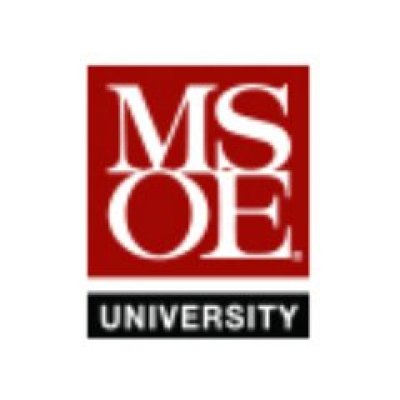Vince Anewenter
Director Milwaukee School of Engineering

Milwaukee School of Engineering
View more experts managed by Milwaukee School of Engineering
Biography
Areas of Expertise
Social
Media Appearances
Manufacturing the molecule: Carbon enables production for 3D Molecular Designs
Carbon 3D
2017-02-24
“One of the key features for this part was the ability to be snapped and unsnapped by users many times,” As Vince Anewenter, Manager of MSOE’s RPC says, “We initially printed a nylon prototype, which worked in the beginning, however after several cycles it became loose and fatigued.” He explained, Sintered Nylon’s initial surface finish was also adequate, but did not hold up to the handling and use by students and teachers in the classroom. “That’s what made me think of Carbon: surface finish that is second-to-none, without sacrificing durability and performance.”
Scanning Tech Supplements Museum Tours with Virtual 3D Models
MachineDesign
2016-08-17
Based off of CT scans on his mummy, MPM’s sculpture accurately portrays Tut’s body type and facial structure. Embellishments on his armor and horse-drawn carriage are true to ancient chariots found in Egypt and artifacts in his tomb. Using the Go!SCAN 20 and the Go!SCAN 50, Vince Anewenter and Jordan Weston from MSOE’s Rapid Prototyping Center (RPC) scanned clothing and riding gear layer-by-layer. The Go!SCAN 50 was used to create a general contour map by recording the way the sculpture reflects light.
King Tut on the Tablet: Does the Creaform 3D Scanning Project Signal a Transition in Museum Exhibits?
3DPrint.com
2016-08-15
In this new application, Creaform was to be responsible for seeing that visitors would be able to see many items from King Tut’s time, to include elaborate clothing and jewelry as well as the horses. Using their famed Go!SCAN 20 and the Go!SCAN 50 scanners, the team collaborated with both Vince Anewenter and Jordan Weston from the Rapid Prototyping Center (RPC) at Milwaukee School of Engineering (MSOE). Together, these experts began working to scan almost 30 items.



